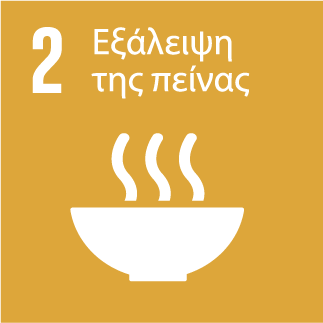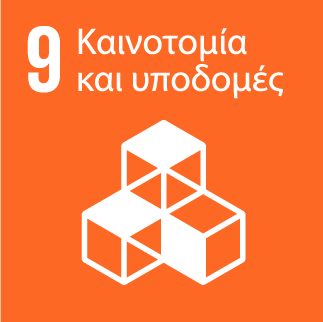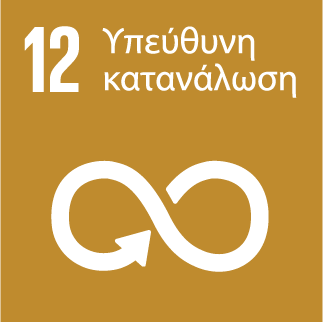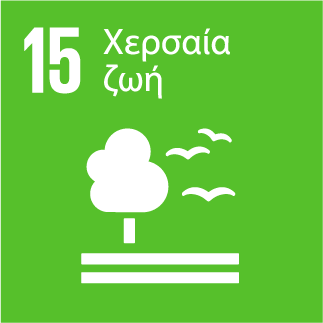AgriVision
Description
The genesis of AgriVision lies in recognizing a critical unmet need within the agricultural sector. European farmers, particularly smaller and medium-sized enterprises, often face considerable challenges in the timely and accurate identification of plant diseases. Traditional methods rely heavily on visual inspection, which can be subjective, time-consuming, and requires a significant level of expertise. This often leads to delayed diagnosis, the misapplication of treatments, increased costs for unnecessary interventions, and ultimately, reduced yields and significant financial setbacks. Furthermore, the pressure to maintain high levels of productivity can lead to the overuse of chemical pesticides, posing risks to the environment and human health. AgriVision directly addresses this need by providing a readily accessible, cost-effective, and scientifically robust tool that empowers farmers to proactively manage plant health.
Our primary target market for AgriVision is the vast and diverse agricultural sector within Europe. The European Union places significant importance on agriculture, recognizing its vital role in food security, economic stability, and rural development. Within this market, our initial focus will be on small to medium-sized farms, which constitute the majority of agricultural holdings in Europe. These farmers often lack the resources to employ dedicated agronomists or invest in expensive diagnostic equipment. AgriVision offers a democratized solution, bringing advanced diagnostic capabilities directly to their fingertips through their existing smartphones. While our initial focus is on Europe, the potential for international expansion is significant. The challenges of plant disease diagnosis are universal, and AgriVision's technology is adaptable to various crops and regions globally, presenting a substantial opportunity for future growth in international markets facing similar agricultural challenges.
The primary revenue generation mechanism for AgriVision will be a freemium subscription model. We plan to offer a basic version of the application with core diagnostic capabilities available for free. This free tier will allow farmers to experience the value and efficacy of AgriVision. To unlock more advanced features and benefits, users will have the option to subscribe to premium tiers. These premium features could include:
Higher diagnostic accuracy: Leveraging more complex AI models trained on larger datasets.
Offline functionality: Enabling diagnosis in areas with limited or no internet connectivity.
Disease tracking and historical data: Providing farmers with insights into disease patterns on their land over time.
Integration with farm management software: Seamlessly connecting diagnostic data with other farm management tools.
Access to expert consultations: Offering a platform to connect with certified agronomists for personalized advice.
Multi-plant analysis: Allowing users to analyze multiple plants in a single image.
Proactive disease alerts: Utilizing weather data and historical trends to predict potential disease outbreaks.
This freemium model allows us to attract a broad user base with the free version while generating sustainable revenue through the premium subscriptions, catering to farmers with more specific needs or larger operations. We will also explore potential partnerships with agricultural input suppliers or insurance companies, offering bundled solutions or commission-based referrals.
Currently, the AgriVision team comprises dedicated students, passionate about leveraging technology to address real-world challenges. While we may lack extensive professional experience in commercial software development or agricultural science, our academic backgrounds in information technology, computer science, and related fields provide a strong foundation in the underlying technologies driving AgriVision. We possess a deep understanding of artificial intelligence, machine learning, and mobile application development. Our enthusiasm, coupled with our academic rigor, fuels our commitment to learning and overcoming any technical hurdles. We are actively seeking mentorship and guidance from experienced professionals in both the technology and agricultural sectors to further refine our solution and business strategy. Our lack of prior commercial experience is offset by our fresh perspectives, our willingness to embrace innovative solutions, and our unwavering dedication to making a positive impact on the agricultural community.
The "magic" of AgriVision lies in several key unique features:
- Focus on Regional Specificity and Niche Crops: Unlike many general plant disease diagnosis applications, AgriVision is designed to be highly adaptable and trainable for specific regional needs and niche crops prevalent within Europe. This allows for greater diagnostic accuracy and relevance for farmers in particular geographical areas. We intend to build and curate datasets specific to the unique agricultural landscapes of Europe.
- Intuitive and User-Friendly Interface: We prioritize simplicity and ease of use. Recognizing that not all farmers are tech-savvy, the AgriVision interface is designed to be intuitive and require minimal technical expertise. The focus is on a straightforward process: snap a photo, get a diagnosis. This user-centric approach is crucial for widespread adoption. The utilization of platforms like Teachable Machine and Figma in our initial development has further emphasized this commitment to accessibility.
- Emphasis on User Education and Support: We believe that providing accurate diagnosis is only part of the solution. AgriVision will also offer educational resources, tutorials, and readily available support to help farmers understand the diagnosis, implement appropriate treatments, and adopt preventative measures. This focus on empowering farmers with knowledge sets us apart.
- Potential for Agile Development and Integration: As students, we are embedded within an environment of continuous learning and access to cutting-edge research. This allows us to rapidly integrate new advancements in AI and machine learning into AgriVision, ensuring its continuous improvement and relevance. We envision a future where AgriVision can seamlessly integrate with other smart farming technologies.
While we are confident in the potential of AgriVision, we acknowledge the challenges ahead. Building a robust and comprehensive dataset of plant diseases is an ongoing process. Gaining the trust and adoption of farmers, who may be hesitant to embrace new technologies, will require consistent performance and effective communication. Furthermore, the competitive landscape includes established players, and we will need to continuously innovate and differentiate ourselves to succeed. However, we believe that our focus on regional needs, user experience, and dedicated support provides a strong foundation for growth and success. AgriVision is not just an application; it's a commitment to empowering European farmers with the tools they need to thrive in a changing agricultural landscape, contributing to a more sustainable and productive future for European agriculture.
Sustainable Development Goals

2. Zero Hunger
AgriVision directly contributes to Zero Hunger by improving crop yields and reducing food waste. By enabling farmers to quickly identify and address plant diseases, the application minimizes losses from damaged crops and reduces the need to discard damaged harvests. This leads to greater productivity and availability of food and thus contributes to tackling hunger.

8. Decent Work and economic growth
AgriVision enhances the productivity and efficiency of farmers. Increased yields lead to increased income for farmers, thereby promoting economic growth at an individual and local level. AgriVision is a tool that can lead to more stable and secure livelihoods for farmers.

9. Industry , innovation and infrastructure
AgriVision embodies technological innovation in the agricultural sector and promotes the adoption of digital tools in agricultural practices. The use of Artificial Intelligence, Machine Learning and Computer Vision helps to improve the infrastructure by demonstrating that the adoption of AI and technology can improve the efficiency and sustainability of agricultural practices.

12. Responsible Consumption and production
AgriVision promotes sustainable agricultural practices by minimizing the need for pesticides, as targeted interventions reduce reliance on broad-spectrum chemicals, and by helping farmers be more efficient by reducing waste. This leads to more responsible consumption of natural resources and more sustainable production systems and contributes to achieving responsible consumption and production patterns within agriculture.

15. Life on Land
By promoting sustainable farming practices and reducing the need for pesticides and chemicals, AgriVision contributes to protecting ecosystems and biodiversity by decreasing the harmful impact of intensive agriculture on natural habitats. The promotion of this type of approach to farming allows for a more sustainable environment for both crops and the existing biodiversity.
Notice: Undefined variable: post_id in /var/www/vhosts/hei-prometheus.eu/httpdocs/entrepreneurship-acceleration-platform/wp-content/themes/understrap-child-1/loop-templates/content-businessidea.php on line 293